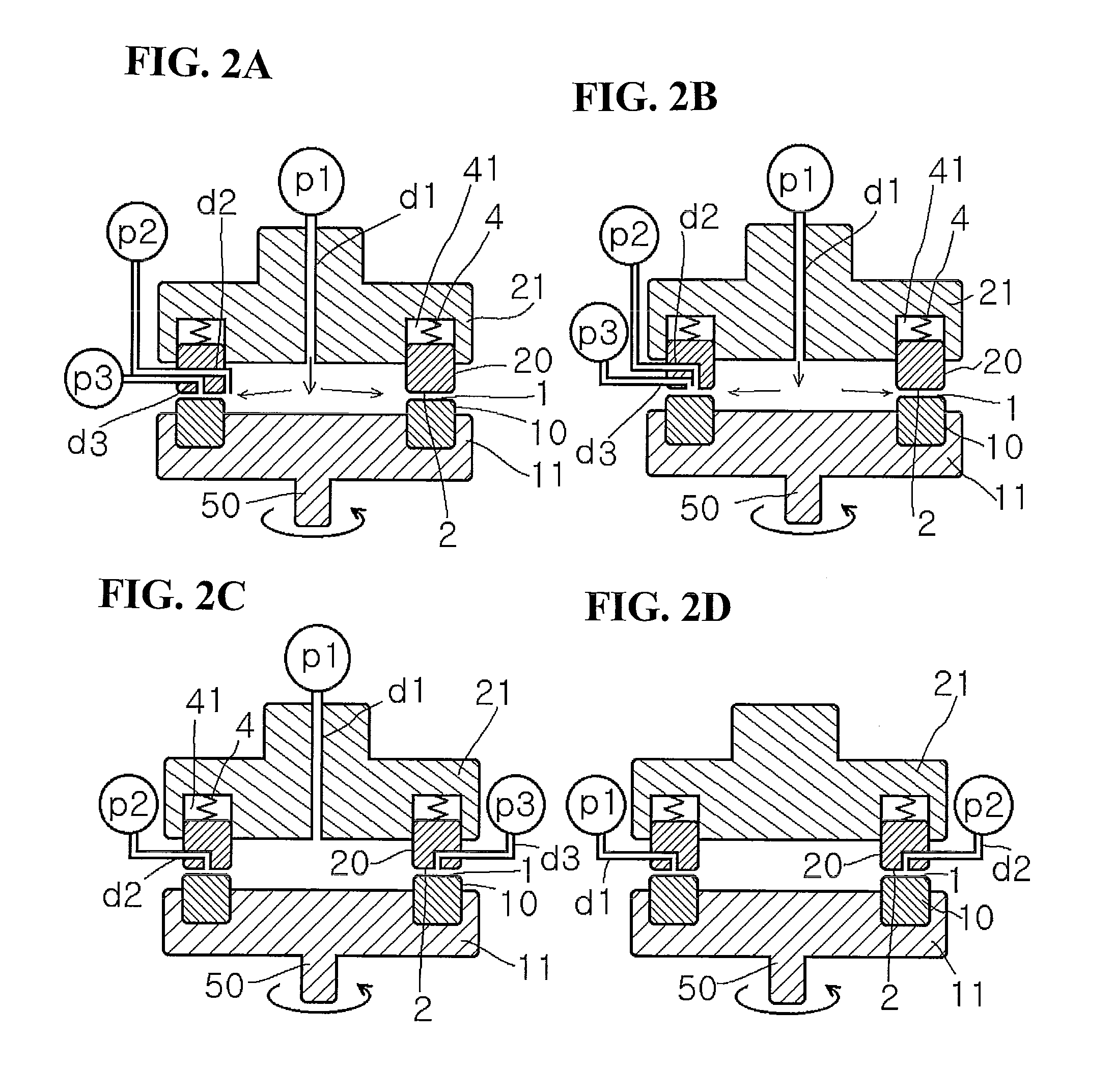Method for producing organic compound and organic compound obtained by the method
a technology of organic compound and organic compound, which is applied in the direction of group 5/15 element organic compound, hydrocarbon preparation catalyst, group 3/13 element organic compound, etc., can solve the problem of difficult to achieve the ideal target reaction, difficult to obtain a reaction product having a uniform molecular weight distribution, and difficult to make the temperature of the entire reaction field in the reactor completely uniform, etc. problem, to achieve the effect of controlling the reaction selectivity at a higher level, high yield of reaction product, and growth
- Summary
- Abstract
- Description
- Claims
- Application Information
AI Technical Summary
Benefits of technology
Problems solved by technology
Method used
Image
Examples
example 1
Friedel-Crafts Acylation Reaction
[0869]A mixture obtained by mixing butyric acid and trifluoroacetic anhydride in the ratio of 1:1.44 was sent as a first fluid from the center at a ratio of supply pressure / back pressure of 0.02 MPa / 0.01 Mpa, a rotation speed of 500 rpm, and a sending temperature of 45° C., and pure benzo[b]furanone was introduced as a second fluid into a space between the processing surfaces at 10 mL / min. The first fluid and the second fluid were mixed in a thin film fluid, and then a solution obtained after processing was discharged from the space between the processing surfaces at 20 mL / min. As a result of HPLC analysis, it was confirmed that 2-butyrylbenzofuranone was obtained in a yield of 76%. It is to be noted that in this Example, a seal-less processing apparatus using magnetic coupling was used.
example 2
Friedel-Crafts Alkylation Reaction
[0871]Ninety-six percent concentrated sulfuric acid was sent as a first fluid from the center at a ratio of supply pressure / back pressure of 0.08 MPa / 0.05 MPa, a rotation speed of 1000 rpm, and a sending temperature of 25° C., and a solution obtained by mixing benzene and cyclohexene in a volume ratio (benzene / cyclohexene) of 4 / 5 was introduced as a second fluid into a space between the processing surfaces at 17 mL / min. The first fluid and the second fluid were mixed in a thin film fluid, and then a solution obtained after processing was discharged from the space between the processing surfaces at 32 mL / min. After extraction and solvent removal, it was confirmed by combined GC / MS analysis that the area percentage of cyclohexylbenzene in the chromatogram was 64%.
example 3
Nitration Reaction
[0873]One hundred percent nitric acid was sent as a first fluid from the center at a ratio of supply pressure / back pressure of 0.05 MPa / 0.03 MPa, a rotation speed of 1000 rpm, and a sending temperature of 10° C., and a mixed solution of toluene and acetic anhydride (1:1) was introduced as a second fluid into a space between the processing surfaces at 10 mL / min. The first fluid and the second fluid were mixed in a thin film fluid, and then a solution obtained after processing was discharged from the space between the processing surfaces at 20 mL / min. After extraction and solvent removal, it was confirmed by combined GC / MS analysis that the area percentage of O-nitrotoluene in the chromatogram was 82%. It is to be noted that in this Example, a seal-less processing apparatus using magnetic coupling was used.
PUM
| Property | Measurement | Unit |
|---|---|---|
| distance | aaaaa | aaaaa |
| diameter | aaaaa | aaaaa |
| surface roughness | aaaaa | aaaaa |
Abstract
Description
Claims
Application Information
 Login to View More
Login to View More - R&D
- Intellectual Property
- Life Sciences
- Materials
- Tech Scout
- Unparalleled Data Quality
- Higher Quality Content
- 60% Fewer Hallucinations
Browse by: Latest US Patents, China's latest patents, Technical Efficacy Thesaurus, Application Domain, Technology Topic, Popular Technical Reports.
© 2025 PatSnap. All rights reserved.Legal|Privacy policy|Modern Slavery Act Transparency Statement|Sitemap|About US| Contact US: help@patsnap.com



